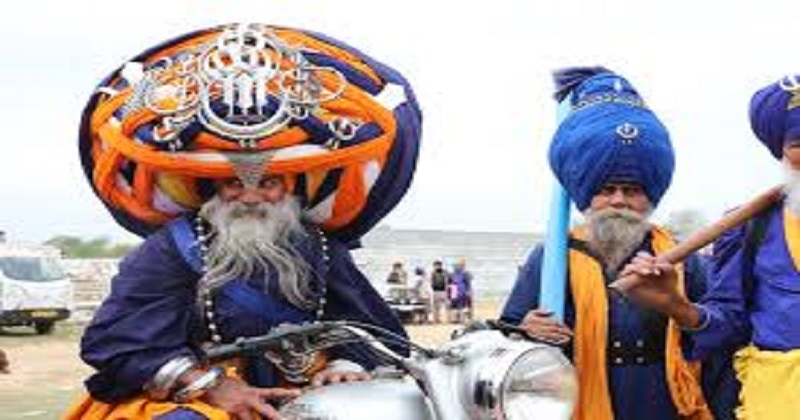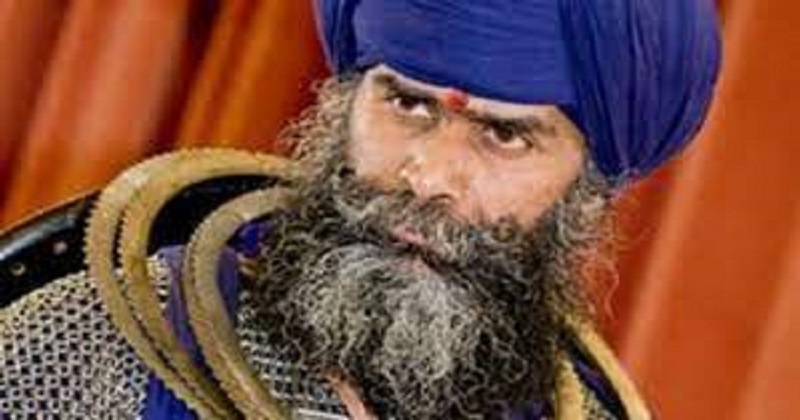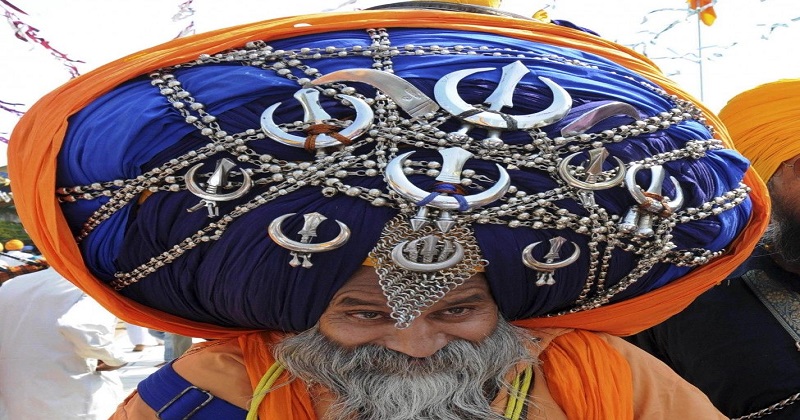
The Singhu border protest site was the scene of a brutal murder and manhandling on Friday morning. After the police discovered the body at 5 am, the victim was taken to the nearest hospital, but was pronounced dead. He was identified as Lakhbir Singh, 35, of the village of Cheema Kalan in the Taran district of Punjab.
A video of the incident shows the man was tied to a barricade to elude the police, his wrist was chopped off, and his ankle and leg were broken. According to reports, the man who also took part in the protest was lynched by a group of Nihang Sikhs. The man was reportedly accused of disrespecting the holy scripture at protests along the Singhu border. During COVID-19 lockdown last year, Nihang Sikhs had hacked off the hand of an Assistant Sub Inspector of Punjab Police in Patiala for asking for a curfew pass.

Nihang Sikhs: who are they?
In addition to wearing blue robes and carrying weapons such as swords and spears, Nihang Sikhs also wear decorated turbans covered in steel plates. Described by the 19th-century historian Rattan Singh Bhangu, Nihangs are unaffected by pain or comfort and have dedicated themselves to meditation, penance and charity. Nihang is derived from the Sanskrit word ‘Nihshank’, which means without fear, unblemished, pure, carefree and indifferent to worldly gains and comforts.

Read more: Using your sense of smell, you can prevent danger: Read more…
What makes Nihangs different from other Sikh warriors?
It wasn’t long ago that the Khalsa Sikhs were divided into two groups – those who adopted the blue attire that Guru Gobind Singh wore to war and those who opted not to follow any restrictions on color or pattern. While both groups don’t dress in the same manner, they are both brave and follow the military profession. A blue Nishan Sahib (flag) is hoisted on the shrines of Nihangs instead of a saffron one, and they use slogans such as ‘chhardi kala’ to convey their spirit of optimism.

Post Your Comments